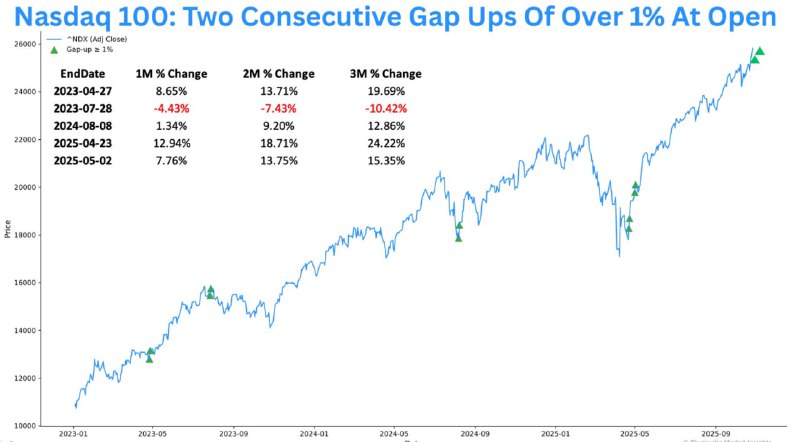Visa has expanded its crypto payments capabilities by adding support for four stablecoins—USDC, USDG, PYUSD, and EURC—across four different blockchains. The company will accept and convert these digital assets into more than 25 fiat currencies, as stablecoin spending with Visa cards has quadrupled over the past year.
Visa said it now supports over 130 card programs in 40 countries, reflecting growing demand for digital-asset payments. The expanded stablecoin support is intended to streamline settlement and broaden consumer and merchant options, allowing balances in supported stablecoins to be converted to a wide range of national currencies.
Market context
- On-chain flows: Large holders moved significant amounts of Bitcoin in October, with 11,271 BTC (about $1.28 billion) reportedly sold during the month. Separately, 1,448 BTC (around $164 million) was transferred to Kraken. Traders are also watching for potential volatility around the Federal Reserve’s interest rate decision.
- ETFs: Newly launched exchange-traded funds for Solana (SOL), Hedera (HBAR), and Litecoin (LTC) recorded first-day trading volumes of approximately $56 million, $8 million, and $1 million, respectively. Another SOL-focused ETF is scheduled to enter the market today.
- DeFi airdrop: World Liberty Financial, a DeFi project associated with the Trump family, said it will distribute $2 billion in WLFI tokens to early users of its USD1 stablecoin.
Why it matters Visa’s move signals continued integration of stablecoins into mainstream payments infrastructure. Broader asset support and multi-chain compatibility could lower friction for consumers and merchants, while conversions into 25+ fiat currencies may help bridge traditional finance and digital assets. Meanwhile, active on-chain flows and fresh ETF listings suggest ongoing investor interest and evolving market structure across both Bitcoin and alternative networks.
Outlook If adoption continues to grow, stablecoins could play a larger role in cross-border payments and digital commerce. Market participants will be watching how quickly issuers, merchants, and fintech partners integrate the new capabilities, alongside macro drivers such as central bank policy and the performance of newly listed crypto ETFs.
